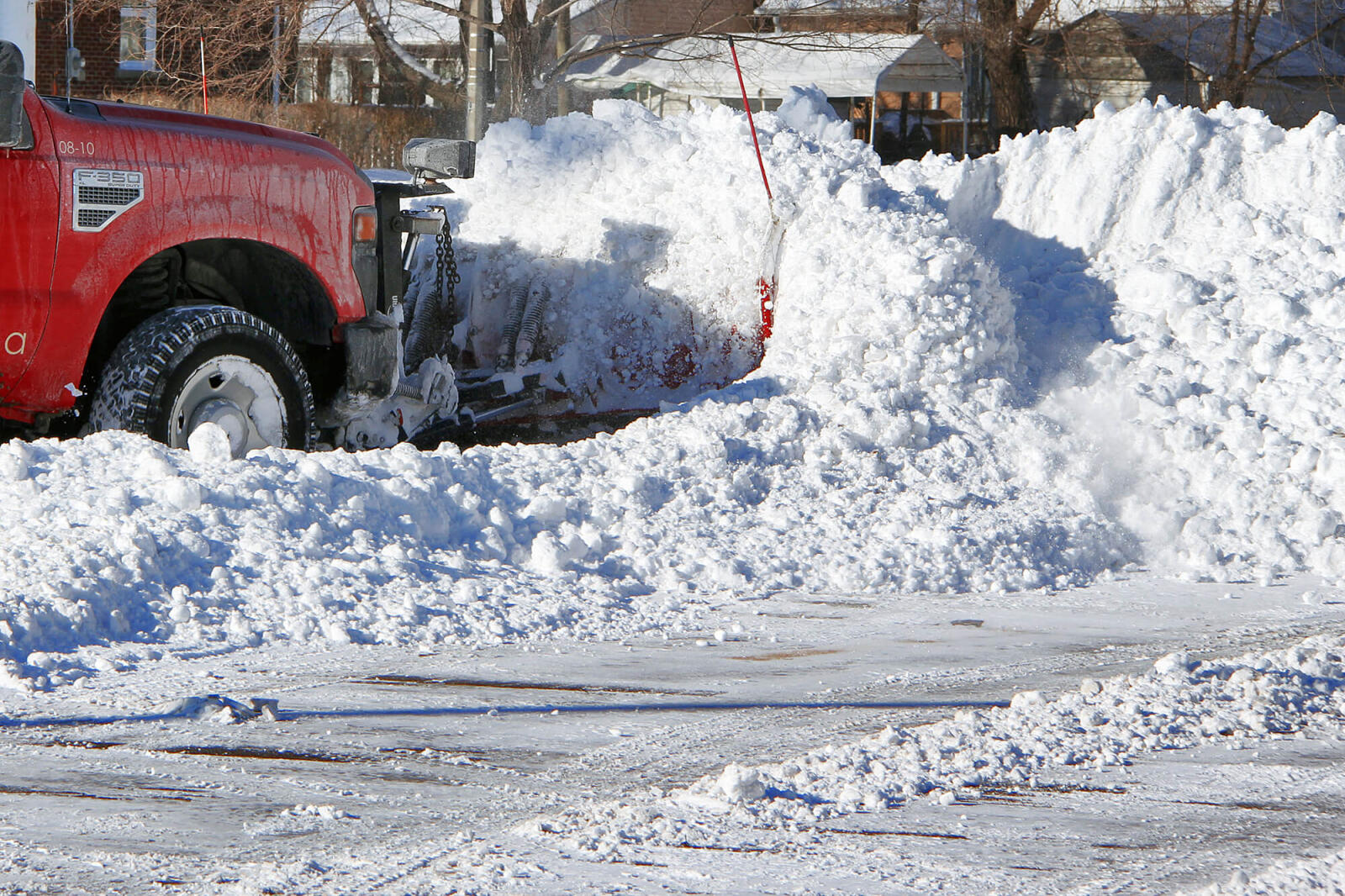
Winter of 2014: One of the worst
Polar vortex, bone-chilling temperatures, ice storm and heavy snowfall all describe this winter’s weather conditions. For LO members who work to maintain snow and ice, it’s been a long and tough run.
“It’s been a struggle to keep up,” says William Jordan of Urban Meadows in Ayr. He cited unusual winter conditions for creating hardships on staff, equipment and salt supply. Jordan is chair of the LO Snow and Ice Sector Group.
Dan Garlatti of Garlatti Landscaping in LaSalle says he is personally worn out by the winter, and staff members are the same. “It’s hard to maintain long and crazy hours.”
Garlatti says it’s three times worse than a normal winter in the Windsor region. “That includes both snow amounts and low temperatures.”
Herman Ciardullo, president of Oakridge Landscape Contractors in Hannon, near Hamilton, says staffing has been a big issue. “We have had a snow event every week since December,” said Ciardullo.
Dan Grieve CLP, of Grieve Home Maintenance in Burlington, says he hasn’t found the winter too much of a problem. “Staff like it, because they get more hours and money.” He does admit that this winter has been the toughest since the early 1990s.
Tight salt supplies
Gerald Boot CLP of Boot’s Landscaping in Richmond Hill says the extreme cold weather has taken a toll on his crews. The other issue with crews is that most major storms came on weekends or holiday time. Boot said his company had used the same amount of salt at the end of January that it used all of last year.
Jordan ran out of salt as of mid-February, and was using brine. He noted that media coverage helped consumers understand that salt supplies were difficult to obtain.
Garlatti said he hasn’t any trouble with salt supplies. “I have a good relationship with my salt supplier, who knows I pay the bills right away.”
Grieve said his company uses a salt-sand mix exclusively for his residential customers. He says salt kills. The lower amount of salt allows him to maintain supplies in tough winters such as this, and his customers appreciate that less sodium is being put into the environment.
Oakridge also uses a salt-sand combination. Ciardullo says his salt supplies were good. He noted that another benefit is the issue of hauling snow from sites. “It is getting tougher and tougher to find places that will take the snow because of the high salt content. It makes acceptance easier when it’s a 90 per cent sand, 10 per cent salt ratio.”
The Snow and Ice Management Association has sent out a notice on salt supply. “Technically not a shortage of salt and ice management materials, it’s a distribution channel issue as getting salt from mine to contractor warehouse takes time. Increased cold weather has created freezing at some shipping ports, further enhancing this problematic situation.”
Most members interviewed for this article said their customers understood this winter has presented special challenges.
Equipment another challenge
Everyone Landscape Ontario magazine spoke to agreed that this winter was hard on equipment. William Jordan said that maintaining equipment was a problem this year with double its usage over most years. He has rented equipment to take up the slack.
Dan Garlatti said the problem isn’t just with over-use of equipment, but the fact that hiring extra staff resulted in inexperienced people working the equipment, resulting in break-downs.
Herman Ciardullo said he works to maintain an equipment fleet that is five years old or newer. “By keeping equipment updated within that five-year span, it avoids a lot of equipment problems when you need it the most.”
While everyone will be happy to say goodbye to the winter of 2014, the long range prediction for the coming summer says it will be warmer and dryer than normal — causing a whole new set of concerns for those working in the green industry.